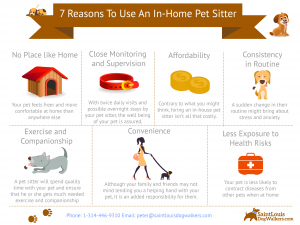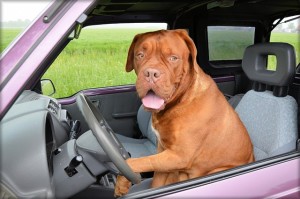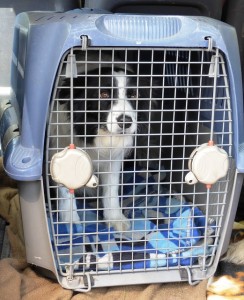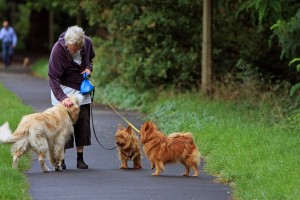8 Reasons To Use An In-Home Pet Sitter
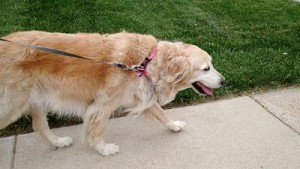
Let your dog have a staycation at home rather than at an unfamiliar kennel. There are many benefits to in-home pet sitting.
When going on vacation, you generally have one purpose in mind – to unwind and enjoy a carefree time exploring the sights and sounds of your destination. Worrying about the condition and welfare of your pet while you are out of town would defeat the whole purpose of the vacation, so you want to make sure your pet will be happy, healthy, and safe.
There are a few options available to you: you could ask a family member to help, you could take your pet to a kennel, or you could get an in-home pet sitter.

Your dogs won’t be unattended while you’re gone. In-home pet sitters will provide a stress-free way for your dog to be looked after when you can’t be there.
Of these 3 options, the last one is the most advisable for various reasons:
- No Place like Home: This statement holds true for both you and your pet. Like you, your pet feels freer and more comfortable at home than anywhere else. When you use an in-home pet sitter, your pet would be happier and feel your absence less because he or she is in familiar territory. And you’d probably be back at home before your pet begins to miss you because his or her needs are adequately taken care of.
- Consistency in Routine: Once accustomed to a routine, pets are easier to handle and care for. A sudden change in their routine might bring about stress and anxiety. Using an in-house pet sitter would ensure that there is no drastic change to your pet’s routine which is better for everyone’s sanity.
- Consistency in Behavior: Leaving your pet to an unfamiliar environment while you are away may be stressful for her and you may return to find yourself having to deal with issues that weren’t there previously.
Boarding kennels house many other pets with different temperaments. Moving your adorable family member from the comfort of the home into such a terrain may be a bit drastic. Imagine thrusting your 5 year old kid into a boarding house with kids from other backgrounds for a week or two. The experience may not be pleasant initially and the child may adapt after a while. But you can be sure that certain things will change about your kid – new attitudes, behaviors and habits and all. With your pet it’s a bit more complicated.
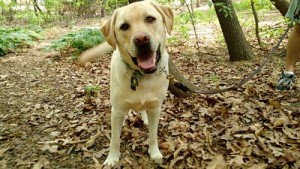
Your dog can enjoy 1-on-1 attention with a pet sitter. Exercise, food, medicine, and attention can all be provided at home while you’re gone.
- Close Monitoring and Supervision: With an in-house pet sitter, you can be sure that your pet won’t get into trouble while you are away. When left alone, accidents could occur, but with twice daily visits and possible overnight stays by your pet sitter, the well being of your pet is assured.
- Less Exposure to Health Risks: Your pet is less likely to contract diseases from other pets when at home. You don’t want to come back from a restful vacation to meet your pet sick and faced with health issues or frequent visits to the vet. An in-house pet sitter can detect health problems before they become worse and help you deal with them promptly.
- Exercise and Companionship: While you are away, a pet sitter will spend quality time with your pet and ensure that he or she gets much needed exercise and companionship so that you come back to meet a happy and healthy cat or dog.
- Convenience: Although your family and friends may not mind lending you a helping hand with your pet, it is an added responsibility for them. Rather than intruding into their daily routine and adding to their to-do list, using an in-home pet sitter is more convenient for everyone involved. Aside from the burden you are likely to place on them, your folks may not have the training or experience needed to take adequate care of your pet.
- Affordability: Contrary to what you might think, hiring an in-house pet sitter isn’t all that costly. When you put into consideration other services that an in-home pet-sitter will offer such as bringing in the mail or newspapers and keeping your pets fed, it is a better deal than using a kennel. You would be quite surprised to know how affordable it can be. If you reside in the Saint Louis area you can contact us to see how much it would cost for what you need.

